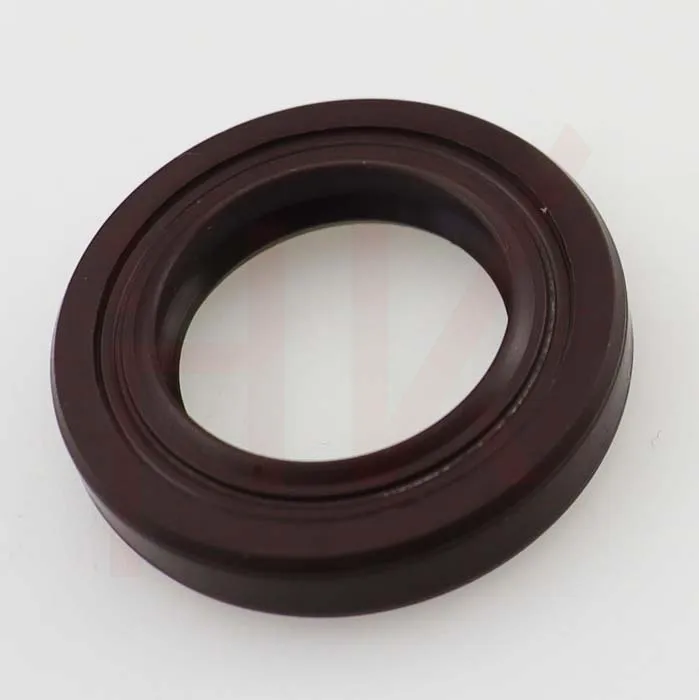Dec . 31, 2024 19:27 Back to list
Hydraulic Cylinder Repair Kit for Engine Hoists and Lifting Equipment
Rebuilding Hydraulic Cylinders A Guide for Engine Hoists
Hydraulic cylinders are the heart of any engine hoist, providing the necessary force to lift heavy loads with precision and safety. Over time, wear and tear can lead to leaks and inefficiency, compromising the performance of your hoist. That's where a hydraulic cylinder rebuild kit comes into play. In this article, we'll explore the importance of these kits, how to use them, and tips for a successful rebuild.
Understanding Hydraulic Cylinders
Before diving into the rebuild process, it's essential to understand how hydraulic cylinders function. These cylinders operate using hydraulic fluid to create pressure that moves a piston within a cylinder barrel. The force generated allows the engine hoist to lift heavy engines, transmissions, and other components. A well-maintained hydraulic cylinder is crucial for the reliability and safety of your lifting equipment.
Why Rebuild?
Several factors contribute to the need for rebuilding hydraulic cylinders
1. Wear and Tear O-rings, seals, and other components can deteriorate over time, leading to fluid leaks and reduced efficiency. 2. Contamination Dirt and debris can enter the system, causing wear and necessitating a rebuild. 3. Performance Decline If your engine hoist struggles to lift loads or shows inconsistent operation, it may be time for a rebuild.
Using a rebuild kit allows you to replace worn components without the expense of a new hydraulic cylinder, saving you money and extending the life of your equipment.
Introduction to Rebuild Kits
A hydraulic cylinder rebuild kit typically includes essential components such as
- O-rings - Seals - Gaskets - Piston cups - Retaining rings - Backup rings
These kits are designed for specific models of hydraulic cylinders to ensure a proper fit. It's crucial to purchase a kit that corresponds to the make and model of your engine hoist.
Rebuilding Process
engine hoist hydraulic cylinder rebuild kit

Here’s a step-by-step guide to rebuilding your hydraulic cylinder
1. Gather Tools and Materials Before you begin, make sure you have all the necessary tools, including wrenches, screwdrivers, a seal puller, and of course, your rebuild kit.
2. Safety First Ensure the engine hoist is on a stable surface. Disconnect the hydraulic lines and relieve any pressure in the system.
3. Disassemble the Cylinder Carefully remove the hydraulic cylinder from the hoist. Take photographs during disassembly to help you remember the order of components. Use a seal puller to remove the old seals and O-rings.
4. Inspect Components Check the cylinder barrel and piston for scratches, chips, or other damage. If any components are beyond repair, consider replacing the entire cylinder.
5. Install New Parts Begin by installing new O-rings and seals from the rebuild kit. Lubricate them lightly with hydraulic fluid to ease installation. Ensure all components are properly seated to prevent leaks.
6. Reassemble the Cylinder Carefully reassemble the hydraulic cylinder, following your photographs as references. Ensure that all fasteners are tightened to the manufacturer’s specifications.
7. Reinstall and Test Mount the hydraulic cylinder back onto the hoist and reconnect hydraulic lines. Once everything is secure, test the hoist with a light load to ensure that the hydraulic system operates smoothly without leaks.
Maintenance Tips
After rebuilding your hydraulic cylinder, proper maintenance will help prolong its life
- Regular Inspections Periodically check for leaks and fluid levels. - Keep It Clean Ensure that the area around the hydraulic system is clean and free of debris. - Fluid Quality Use high-quality hydraulic fluid and replace it as recommended by the manufacturer.
Conclusion
Rebuilding a hydraulic cylinder with a rebuild kit is a cost-effective way to maintain the functionality and safety of your engine hoist. With some basic tools and careful attention to detail, you can extend the life of your hydraulic system significantly. Remember, regular maintenance and timely rebuilds will keep your equipment operating at peak performance, ensuring safe and efficient lifting in your workshop.
-
TCN Oil Seal Metal Ring Reinforcement for Heavy Machinery
NewsJul.25,2025
-
Rotary Lip Seal Spring-Loaded Design for High-Speed Applications
NewsJul.25,2025
-
Hydraulic Cylinder Seals Polyurethane Material for High-Impact Jobs
NewsJul.25,2025
-
High Pressure Oil Seal Polyurethane Coating Wear Resistance
NewsJul.25,2025
-
Dust Proof Seal Double Lip Design for Construction Equipment
NewsJul.25,2025
-
Hub Seal Polyurethane Wear Resistance in Agricultural Vehicles
NewsJul.25,2025
-
The Trans-formative Journey of Wheel Hub Oil Seals
NewsJun.06,2025
Products categories
















